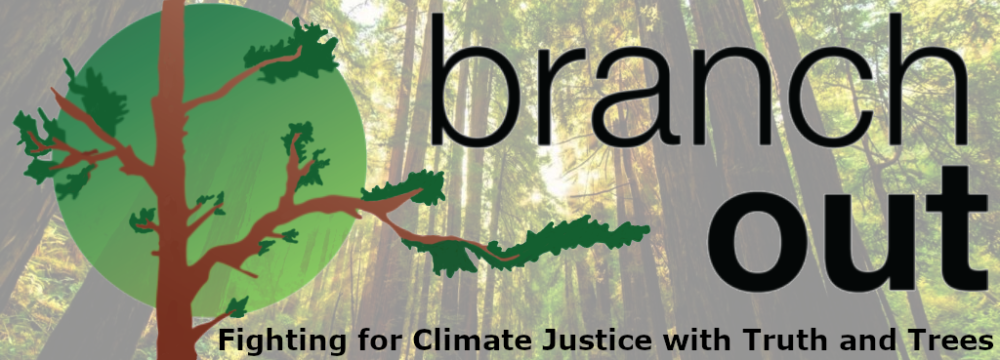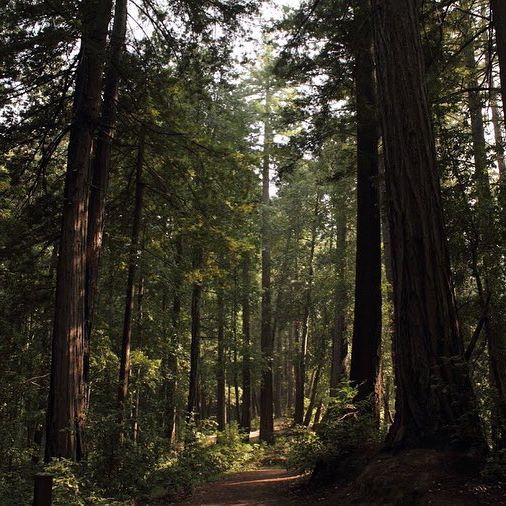Traveling along the Pacific Coast of the United States, it is impossible not to marvel at the enormity of coastal redwoods, known scientifically as Sequoia sempervirens. Redwoods shoot up to more than 320 feet high, and some are estimated to have lived about 2,500 years. These skyscrapers from nature hold secrets in their biology and ecology that are not only fascinating; they can also teach us how to lead more mindful, empathetic and fulfilling lives.
A coastal redwood’s genome contains almost thirteen times more DNA than a human’s.
Redwood chromosomes contain about 38 billion base pairs of DNA, whereas human chromosomes contain about 3 billion base pairs. No two trees are exactly alike. When taken into account with the redwoods’ enormous size and long life, their large genome is another reason for us homo sapiens to be humbled by Sequoia sempervirens. Thinking about how much genetic diversity redwoods have, we can more easily see that the mystery of nature’s creation does not completely revolve around us. While much research remains to be done, the key to the tree’s long life must lie somewhere in its extensive DNA.
From the trees, we can learn that the total complexity of nature still lies beyond our comprehension. This fact can teach us to be more mindful and respectful of diversity in nature and even within our own species because each of us is a unique individual both genetically and in our personality and experience.
Redwood canopies are a haven of life hundreds of feet in the air.
In addition to being one of nature’s most majestic species, redwoods provide a habitat high up in their branches for numerous other species to thrive. Different types of epiphytes (plants that grow on other plants) have symbiotic relationships with the trees, so they owe their habitat to the redwoods. A plethora of insects, birds, rodents and other organisms have been known to find their home in Sequoia sempervirens, showing how important the trees are in supporting the entire coastal ecosystem.
We can look at how the redwoods support other species and become inspired to emulate the giant trees. While our bodies cannot be home to other plants, we can embrace a model of land management that protects natural habitats. We can also invest in urban greening programs that allow more species of plants to coexist with humans and improve air quality in cities.
Redwoods capture water to help each living thing, including us, survive.
Redwoods like to live in areas with plenty of rainfall, but even when it isn’t raining they can absorb moisture from surrounding fog. Moisture from the fog condenses on redwood leaves, and some of the water drips onto the surrounding soil to support other plants in the forest. Wherever redwoods grow they make it easier for more organisms to thrive by capturing water through their leaves. When redwoods are cut down, studies have shown a significant decrease in the amount of moisture in the soil nearby.
With how they capture water, we can see redwoods as generous giants who use their size to support themselves and others. We humans even benefit from this trait of redwoods because it has the potential to increase the amount of drinking water available in nearby communities. We can learn the value of sharing everything we gain with each other so that each of us can enjoy the benefits.
Redwoods can make our atmosphere a lot cleaner.
When it comes to absorbing dirty carbon dioxide, or CO2, from the atmosphere, coastal redwoods are the most efficient plant in the world. The larger they grow, the more CO2 they absorb, and they also produce oxygen for us to breathe. This is why redwoods are a crucial piece of the puzzle to reversing the damage done by climate change. To restore the climate to the optimal level of CO2, we should plant as many beautiful Sequoia sempervirens as we possibly can.
By observing the cleansing power redwoods have on our atmosphere, we can learn how dependent our species is on other organisms on our planet, such as the coastal redwood. We can also take inspiration redwoods carbon sequestering capabilities and make their job easier by reducing our own carbon footprint.
So what are you waiting for, let’s plant some redwoods!
These natural wonders can help teach us to better value our own individuality and the natural world we were born in to. Given their amazing potential to support other species and sequester CO2 from the atmosphere, we should invest in planting more gorgeous coastal redwoods. That’s why Branch Out has been working tirelessly to do just that, and you can help by heading over to our donate page. With your help, we can restore redwood forests to the size they were before 95% of old-growth trees were cut down for profit.


